A traditional country estate that straddles the River Stour
Baythorne Park Estate sits on the Essex-Suffolk border.


Strutt & Parker’s farms and estates supremo, Mark McAndrew, is full of the joys of spring as he oversees the launch, in today’s Country Life, of the late Julian Watson’s peerless Baythorne Park estate, which sits either side of the River Stour at Baythorne End, on the Essex-Suffolk border.
Not only is the prestigious 676-acre holding—for sale through Strutt & Parker (020–7629 7282) for the first time in 65 years at a guide price of £11 million—one of the best residential and sporting estates to come to the market this year, it’s also one of few historic country estates to be offered for sale in East Anglia since the start of the downturn in 2008.

Its focal point is Grade II-listed Baythorne Park, which, according to White’s Directory of Essex (1848), ‘has extensive grounds and stands on a bold acclivity above the river Stour… The present house was built in 1668 by George Pyke, whose father purchased the estate in 1640, and whose descendant, of the same name, took down the gate and court walls in 1801, and new-fronted, sashed and greatly improved the house’.
The estate remained in the family for more than 200 years, before being bought in the late 1800s by another local landowner, King Viall. In the 1930s, it was the home of Maj Bertrand and Mrs Rambaut, who was lady of the manor of Baythorne End. Baythorne Park was purchased by the late Mr Watson in 1952, when he moved from his own family estate in south Hertfordshire; he was to live there until his death in May last year.

Described by those who knew him as ‘a sporting gentleman of the old school’, Watson immediately set about improving the estate, renovating the mansion and modernising the farm and its buildings. This part of Essex is famous for its trees and Watson’s Arcadia includes the wonderful tree-lined avenue that leads up to the house, with other woodland scattered around the estate—a landscape perfectly designed for Baythorne Park’s long-established shoot.
Immediately surrounding the mansion is the estate’s 48 acres of parkland, which boasts some magnificent specimen trees. Otherwise, most of its 60-odd acres of woodland comprises broadleaf and conifer trees, with some cricket-bat-willow plantations tucked away on the eastern edge. The remaining acreage includes 433 acres of easily worked arable land, 111 acres of grazing and eight acres of river and lakes.
The house built by George Pyke around its 17th-century heavy-timber frame was altered in the early 1800s with the addition of a two-storey service wing on the south-west corner. Little altered during Watson’s lifetime, the agents tactfully suggest that ‘although the mansion is ready for occupation, it would benefit from some sympathetic modernisation’. Its 8,075sq ft of accommodation includes three main reception rooms, a study, a kitchen, a breakfast room, domestic offices, a master suite, seven bedrooms and three bathrooms.
Exquisite houses, the beauty of Nature, and how to get the most from your life, straight to your inbox.

The gardens surrounding the house include areas of lawn with some fine specimen trees and a secret wooded area that hides the tennis court. Behind the mansion, a sheltered area conceals the swimming pool and pool house. To the side of the mansion is Stable Court, a three-bedroom house converted from the original stables in 1969. Other residential buildings include a farmhouse and five estate cottages.
-
 What on earth is the person who comes up with Annabel's otherworldly facade displays on? London's most magical Christmas shop displays
What on earth is the person who comes up with Annabel's otherworldly facade displays on? London's most magical Christmas shop displaysPhotographs by Greg Funnell.
By Rosie Paterson Published
-
 What trees taught me about perfect planting — Alan Titchmarsh
What trees taught me about perfect planting — Alan TitchmarshSense and patience is key to growing healthy trees, as a certain Mr Mackenzie showed a young Alan Titchmarsh
By Alan Titchmarsh Last updated
-
 The pink granite chateau that the Cointreau family built in the Loire Valley is for sale at £3.5 million
The pink granite chateau that the Cointreau family built in the Loire Valley is for sale at £3.5 millionThe great country seats of the Guinness family have an equivalent over the Channel, where the chateau built by the Cointreau family is on the market.
By Toby Keel Published
-
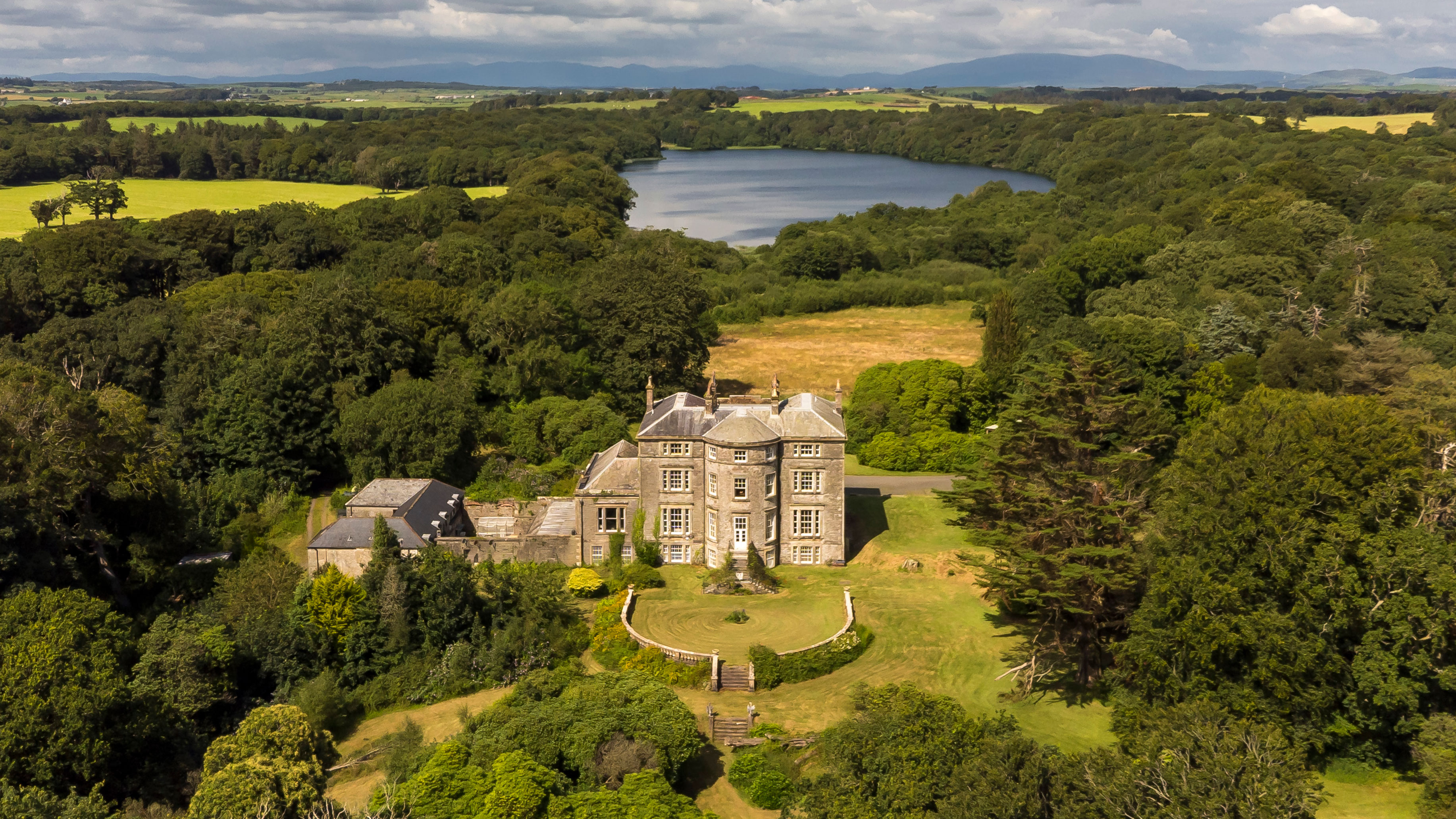 A grand country house and 329-acre estate for sale at £1.89 million — and it's on the market for the first time in a quarter of a millennium
A grand country house and 329-acre estate for sale at £1.89 million — and it's on the market for the first time in a quarter of a millenniumArabella Youens takes a look at the beautiful Monreith House and Estate on the south-west coast of Scotland.
By Arabella Youens Published
-
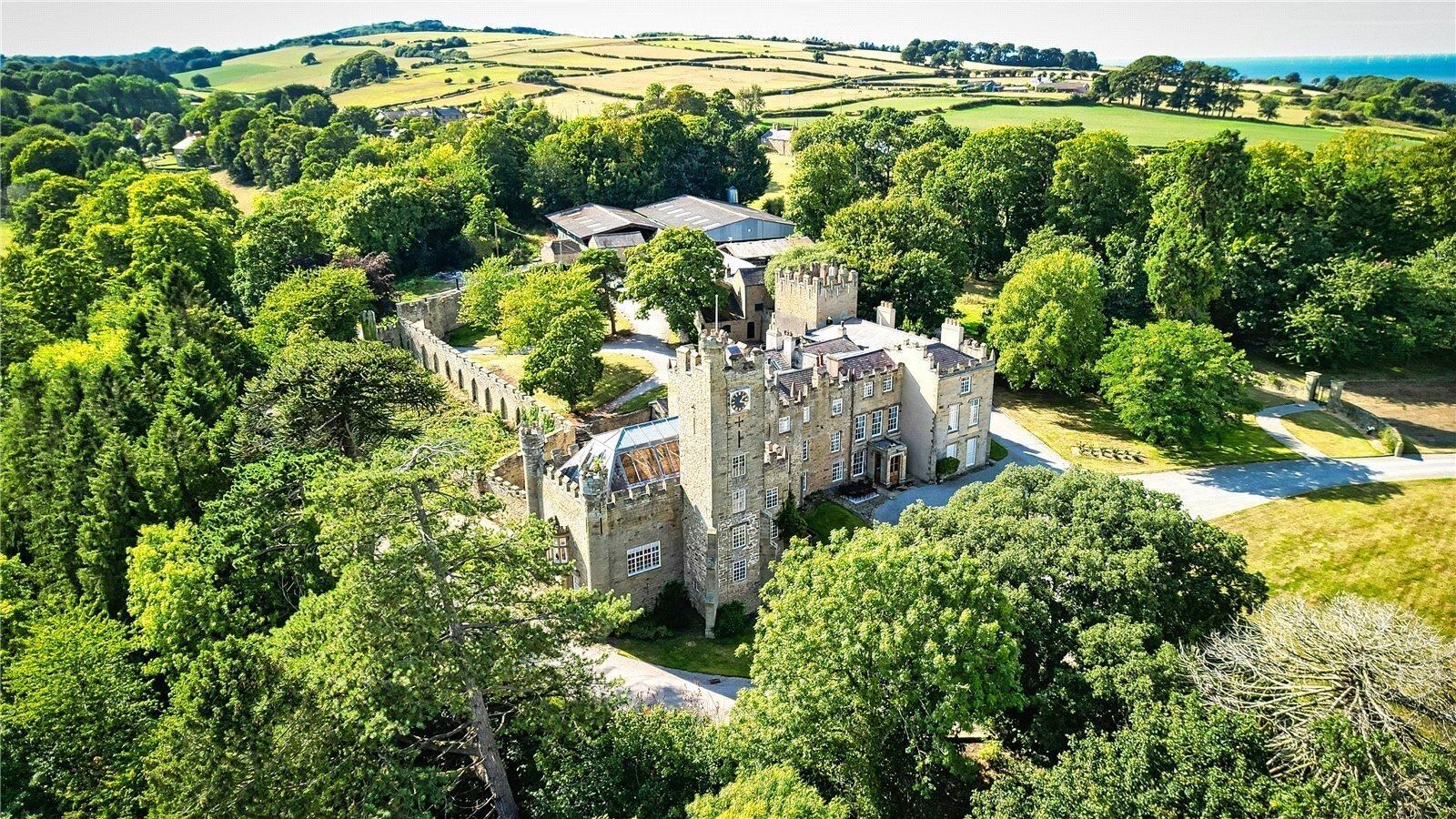 A sprawling castle set amid ancient woodland has come to the market for the first time in 150 years
A sprawling castle set amid ancient woodland has come to the market for the first time in 150 yearsGyrn Castle, set amidst woodland on the outskirts of an ancient village, is now seeking new owners. Penny Churchill reports.
By Penny Churchill Published
-
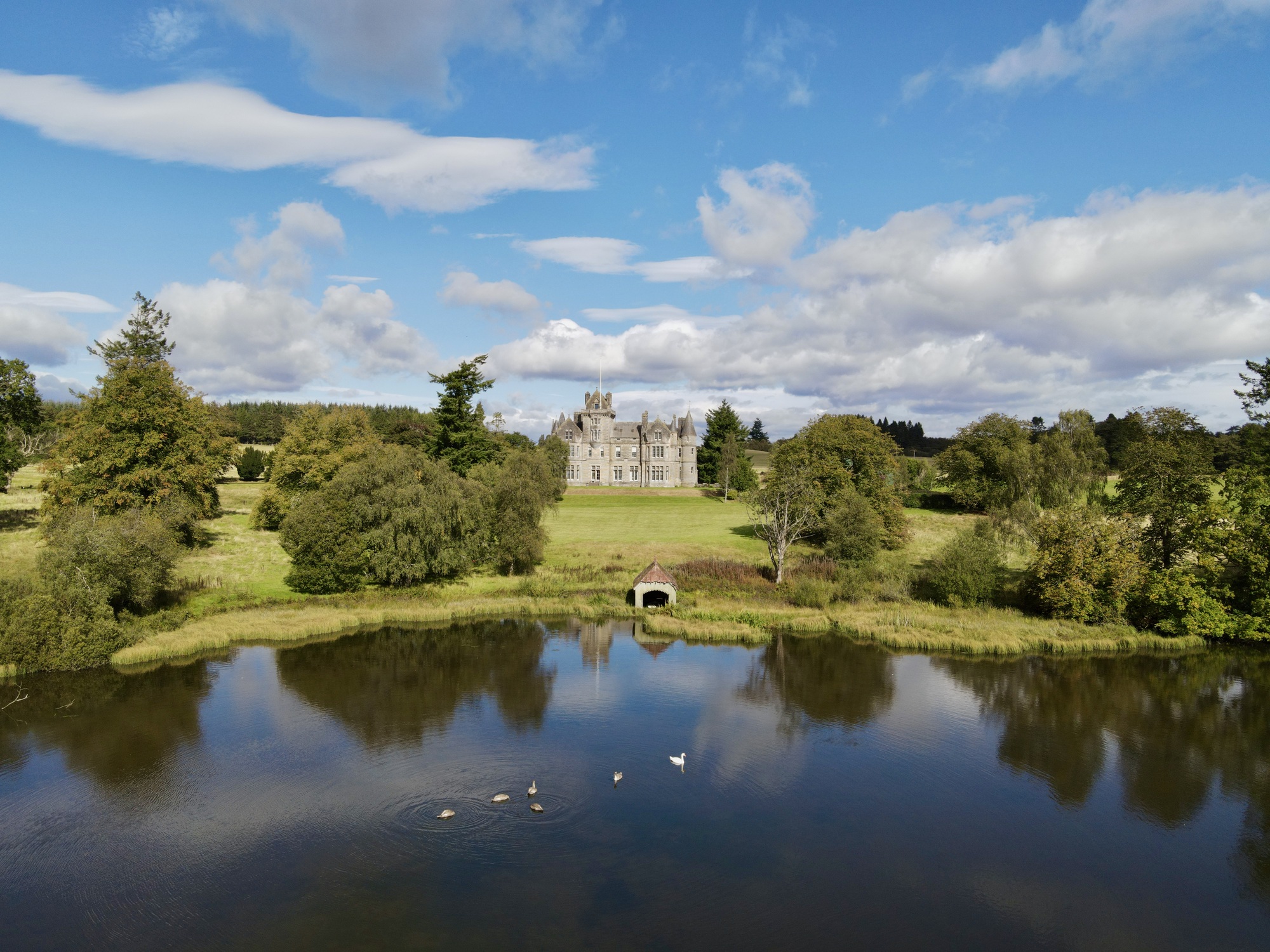 A castle for sale just down the road from Gleneagles, where everyone from George VI to a farmer and his pigs once roamed the grand halls
A castle for sale just down the road from Gleneagles, where everyone from George VI to a farmer and his pigs once roamed the grand hallsOrchil Castle has seen it all in a tumultuous century and a half — but it's getting back to its best, and now needs a brave new owner to take it on the next step of its journey.
By Toby Keel Published
-
 Medieval Italian? 19th century French? 16th century German? You're spoilt for choice if you're looking to buy a gorgeous continental castle
Medieval Italian? 19th century French? 16th century German? You're spoilt for choice if you're looking to buy a gorgeous continental castleFrom hills of Italy to a Bavarian palace, Toby Keel takes a look at three of the finest castles for sale across Europe today.
By Toby Keel Published
-
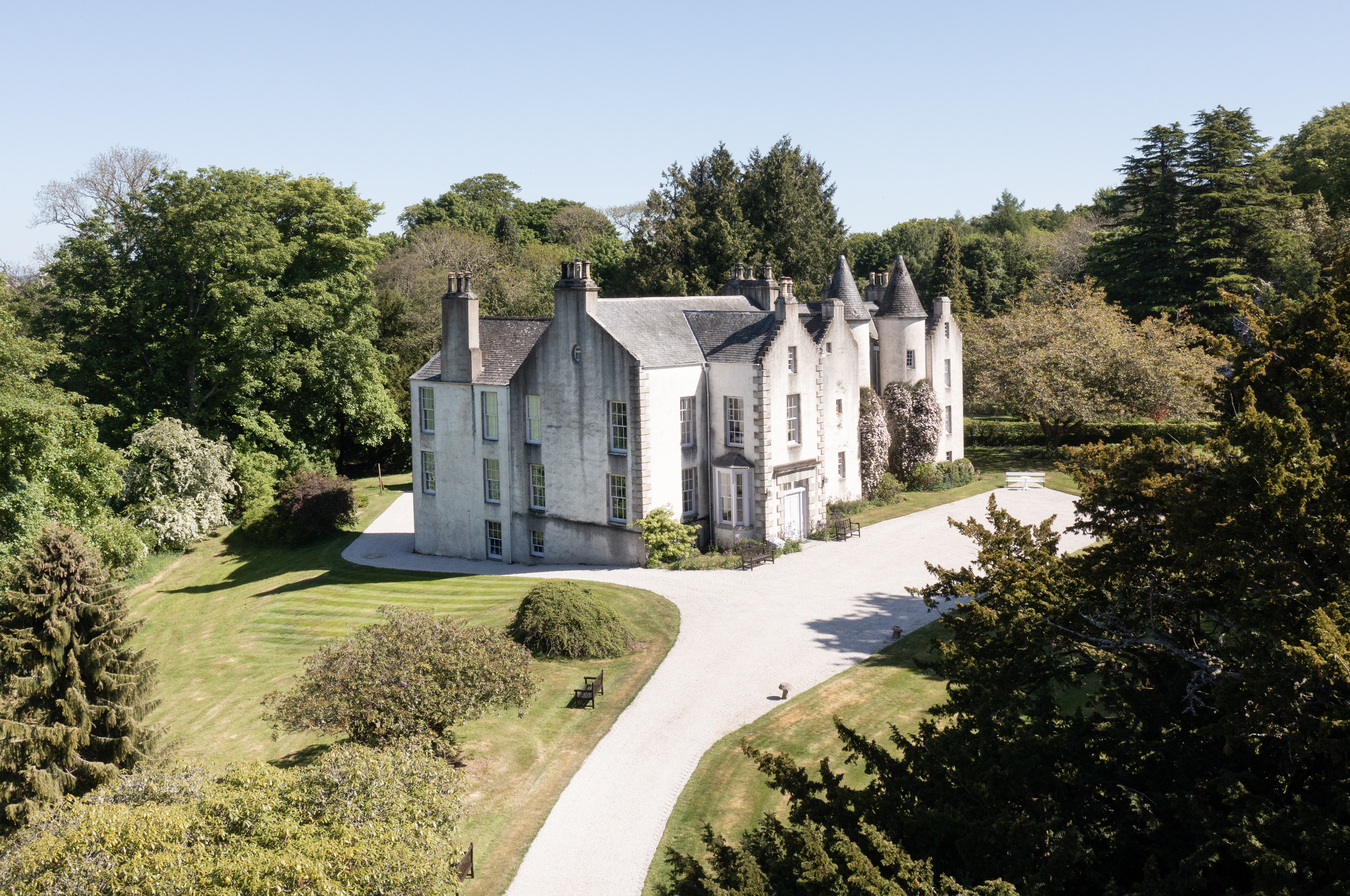 A 1,000-acre Scottish estate for sale with a 500-year-old tower at its heart
A 1,000-acre Scottish estate for sale with a 500-year-old tower at its heartCorsindae Estate in Aberdeenshire offers grand living in beautiful countryside, and vast swathes of Scotland to call your own.
By Penny Churchill Published
-
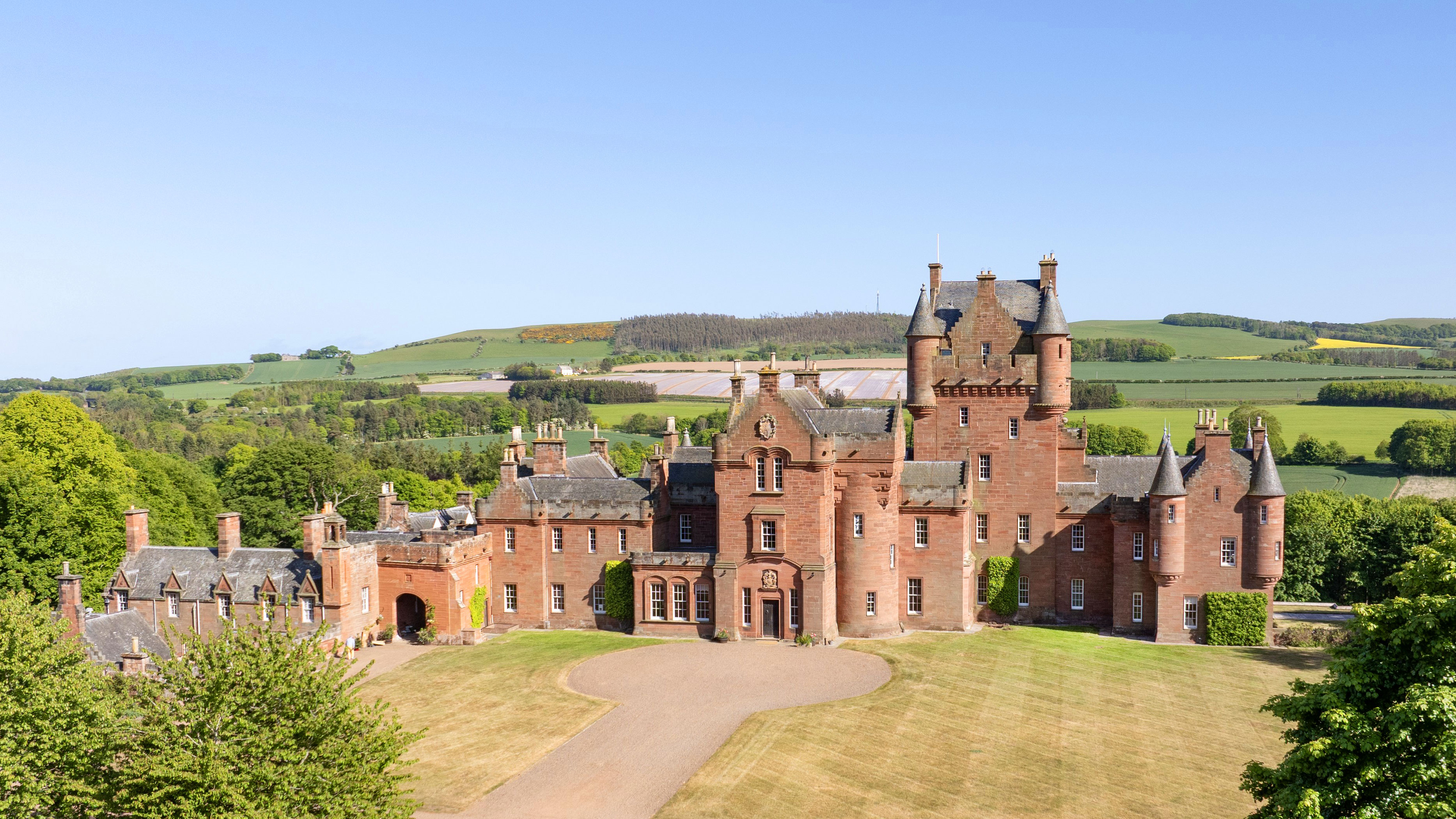 A castle that's 'a masterpiece of the baronial revival' with 17 bedrooms, breathtaking gardens and its own miniature railway
A castle that's 'a masterpiece of the baronial revival' with 17 bedrooms, breathtaking gardens and its own miniature railwayMajestic, imposing, graceful, romantic... Ayton Castle is the very picture of
By Toby Keel Published
-
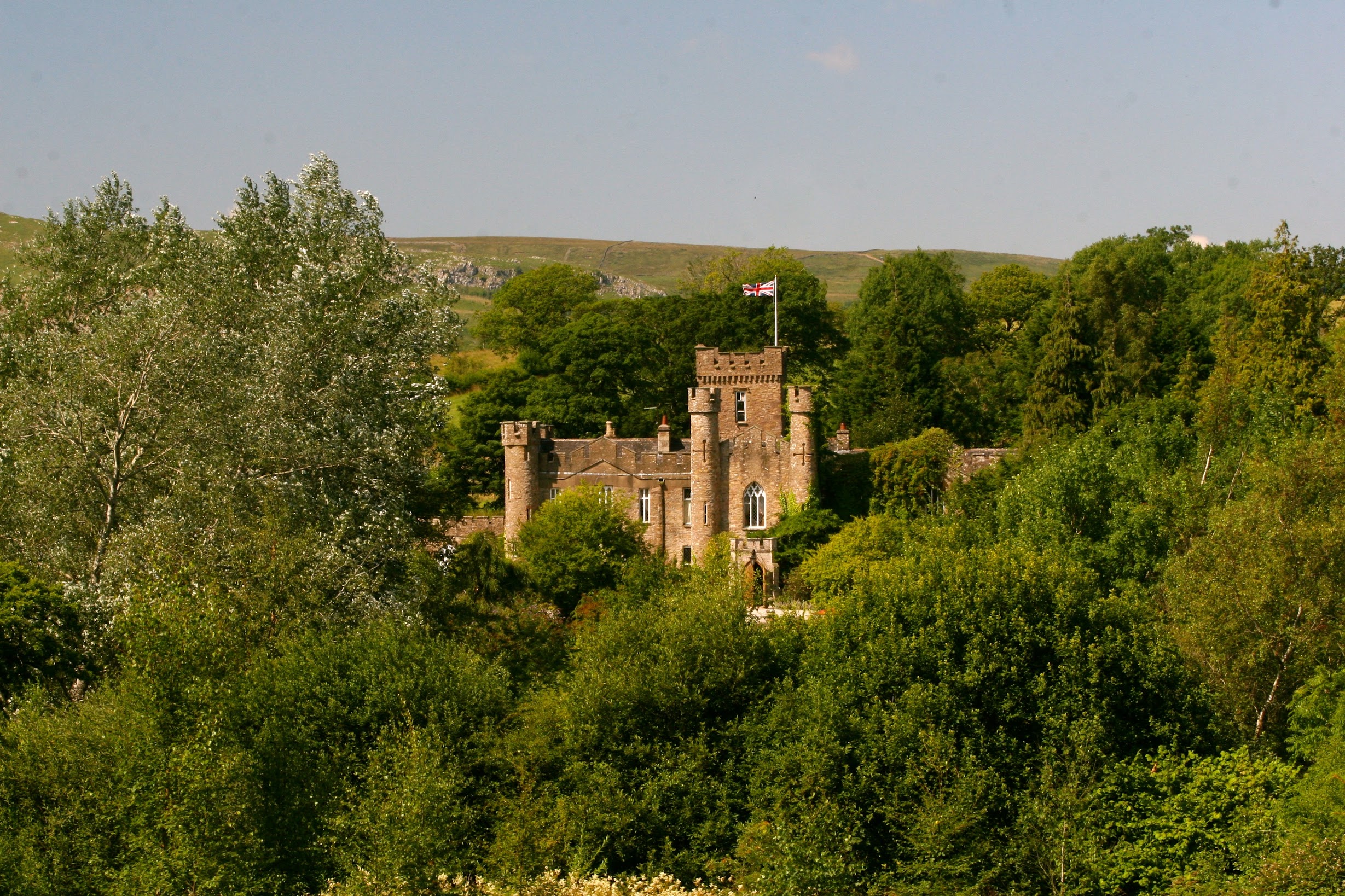 A fairytale castle peeking above the treetops of Cumbria is for sale at just £2 million
A fairytale castle peeking above the treetops of Cumbria is for sale at just £2 millionAugill Castle has a wonderful backstory and a lifestyle business attached. .Annunciata Elwes tells more.
By Annunciata Elwes Published

